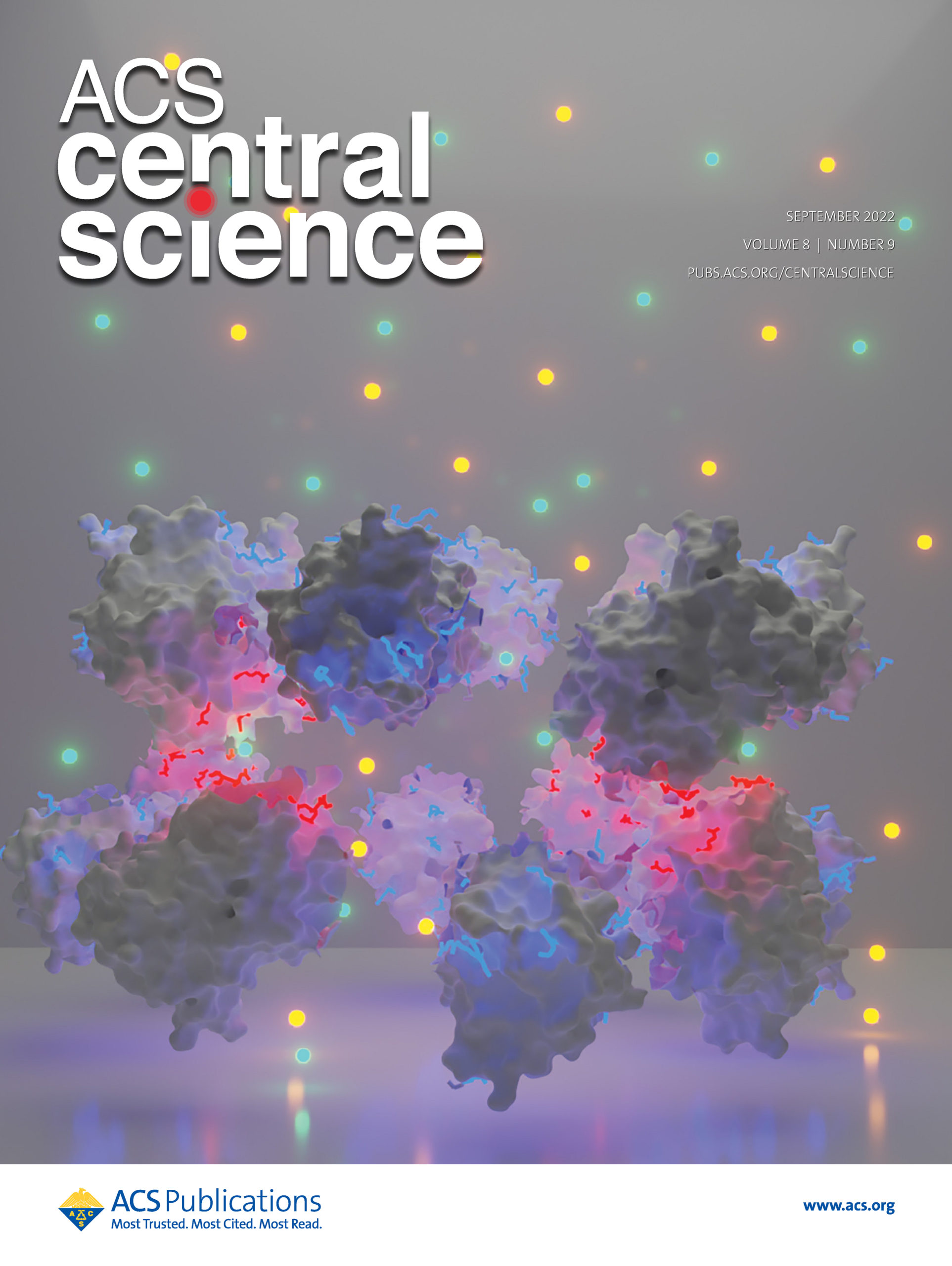Understanding Supramolecular Assembly of Supercharged Proteins

BibTeX
Ordered supramolecular assemblies have recently been created using electrostatic interactions between oppositely charged proteins. Despite recent progress, the fundamental mechanisms governing the assembly of oppositely supercharged proteins are not fully understood. Here, we use a combination of experiments and computational modeling to systematically study the supramolecular assembly process for a series of oppositely supercharged green fluorescent protein variants. We show that net charge is a sufficient molecular descriptor to predict the interaction fate of oppositely charged proteins under a given set of solution conditions (e.g., ionic strength), but the assembled supramolecular structures critically depend on surface charge distributions. Interestingly, our results show that a large excess of charge is necessary to nucleate assembly and that charged residues not directly involved in interprotein interactions contribute to a substantial fraction (∼30%) of the interaction energy between oppositely charged proteins via long-range electrostatic interactions. Dynamic subunit exchange experiments further show that relatively small, 16-subunit assemblies of oppositely charged proteins have kinetic lifetimes on the order of ∼10–40 min, which is governed by protein composition and solution conditions. Broadly, our results inform how protein supercharging can be used to create different ordered supramolecular assemblies from a single parent protein building block.

